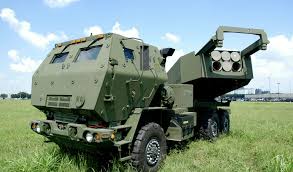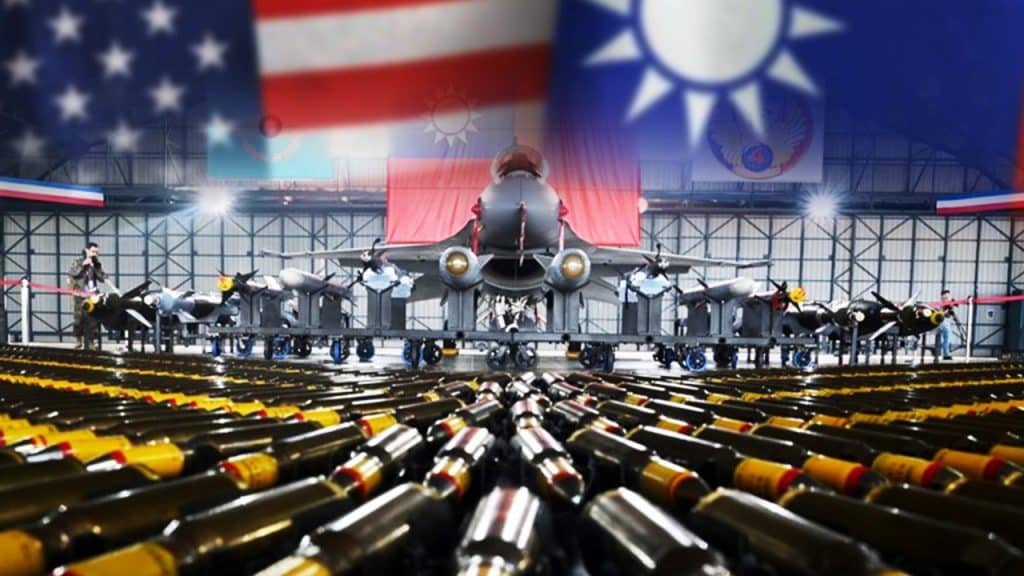Jake Sanders
Taiwan’s military has strengthened its self-defense capabilities by establishing the nation’s first High Mobility Artillery Rocket System (HIMARS) unit, part of the 58th Artillery Command. This development marks a significant step in Taiwan’s strategic deterrence, as the unit is equipped with US-supplied HIMARS launchers capable of delivering precise long-range strikes.
The formation ceremony, held in Taichung on Friday and presided over by Minister of National Defense Wellington Koo, was attended by top military personnel. Koo highlighted the unit’s importance, emphasizing that its presence would serve as a deterrent to potential aggression and bolster Taiwan’s defensive posture against adversaries.
This new unit comprises highly trained soldiers trained in the United States, and it can be equipped with either a pod of six 227mm rockets or a single Army Tactical Missile System (ATACMS), which has an operational range of up to 300 kilometers. Taiwan has already purchased 29 HIMARS launchers from the US, receiving its first 11 last year.
The military recently conducted its first live-fire HIMARS exercise at Jiupeng Base in Pingtung County and tested the system again last month. According to defense analysts, the deployment of HIMARS significantly enhances Taiwan’s strategic deterrence, especially against China’s long-range capabilities.
Expert Shu Hsiao-huang from the Institute for National Defense and Security Research noted that the HIMARS system’s mobility and precision firepower would enable Taiwan to better defend key assets such as air bases and troop positions, particularly in western Taiwan. However, he also emphasized the need for the military to overhaul its traditional artillery doctrine, shifting from massed fires to dispersed, precision-based tactics.
In addition to the HIMARS deployment, Taiwan is considering a major arms purchase plan valued at NT$90 billion (US$3.1 billion). This plan involves acquiring 168 M109A7 self-propelled howitzers and related ammunition carriers from the US, potentially replacing all aging artillery systems. The move aligns with President William Lai’s recent commitment to increase defense spending to 3% of GDP.
The proposal is part of a broader NT$300-500 billion budget aimed at expanding US arms supplies, including missiles, drones, and other advanced weaponry. U.S. officials have advised Taiwan to focus on missile and drone acquisitions rather than helicopters or early warning systems. In response, Taiwan is also exploring options for loitering munitions, uncrewed kamikaze boats, advanced command and control systems, and additional artillery.
The M109A7 self-propelled howitzer features a 155mm gun capable of engaging targets up to 40 kilometers away with precision shells, offering enhanced mobility and firepower. Defense analysts suggest that phasing out towed artillery in favor of self-propelled systems and considering European artillery options could further improve Taiwan’s combat readiness.
By adopting dispersed deployment, precision strikes, and concentrated firepower, Taiwan aims to establish a formidable deterrent capable of inflicting significant casualties on any invading force, thereby securing a strategic advantage against the rising threat from China.



